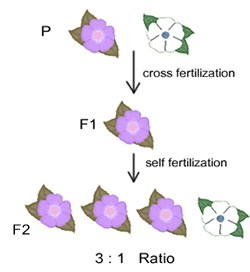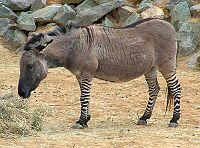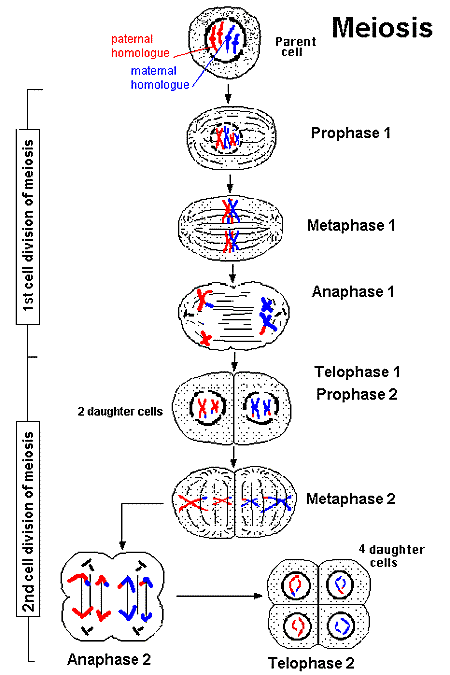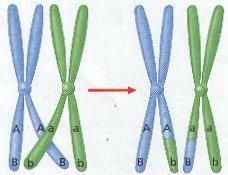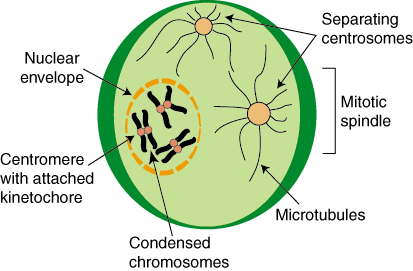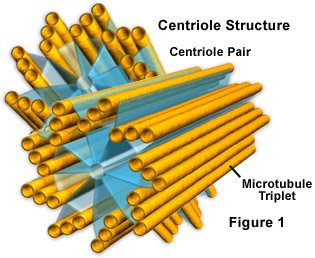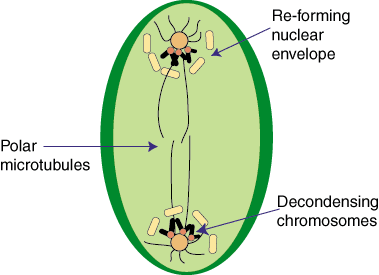True Breeding- organisms that produce offspring identical to themselves if allowed to self pollinate.
Hybrid- offspring of crosses between parents with different traits.
Genetics- scientific study of heredity.
Segregation- separation of alleles during gamete formation.
Probability- likelihood that a particular event will occur.
Punnett square- diagram showing the gene combinations that might result from a genetic cross.
Homozygous- organism that has two identical alleles for a particular trait.
Heterozygous- organism that has two different alleles for the same trait.
Phenotype- physical characteristics of an organism.
Genotype- genetic makeup of an organism.
Homologous- chromosomes that each have a corresponding chromosome from the opposite sex parent.
Diploid- cell that contains both sets of homologous chromosomes.
Haploid- cell that contains only a single set of chromosomes.
Meiosis- process where the number of chromosomes per cell is cut in half through the separation of homologous chromosomes in a diploid cell.
Tetrad- structure containing 4 chromatids that forms during meiosis.
Crossing-over- homologous chromosomes exchange portions of their chromatids during meiosis.
Gene Map- diagram showing the relative locations of each known gene on a chromosome
